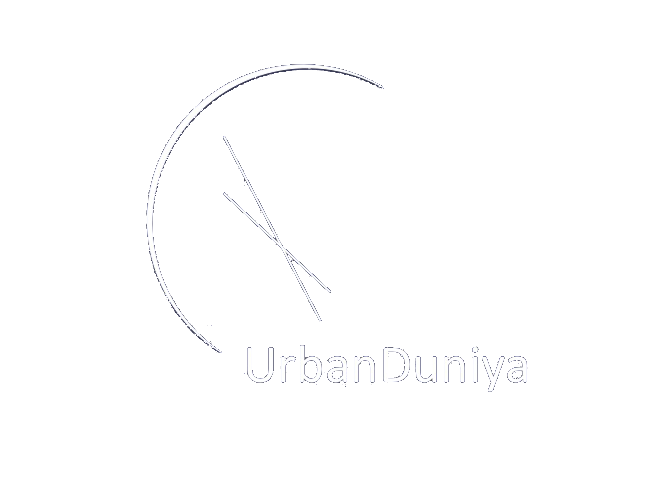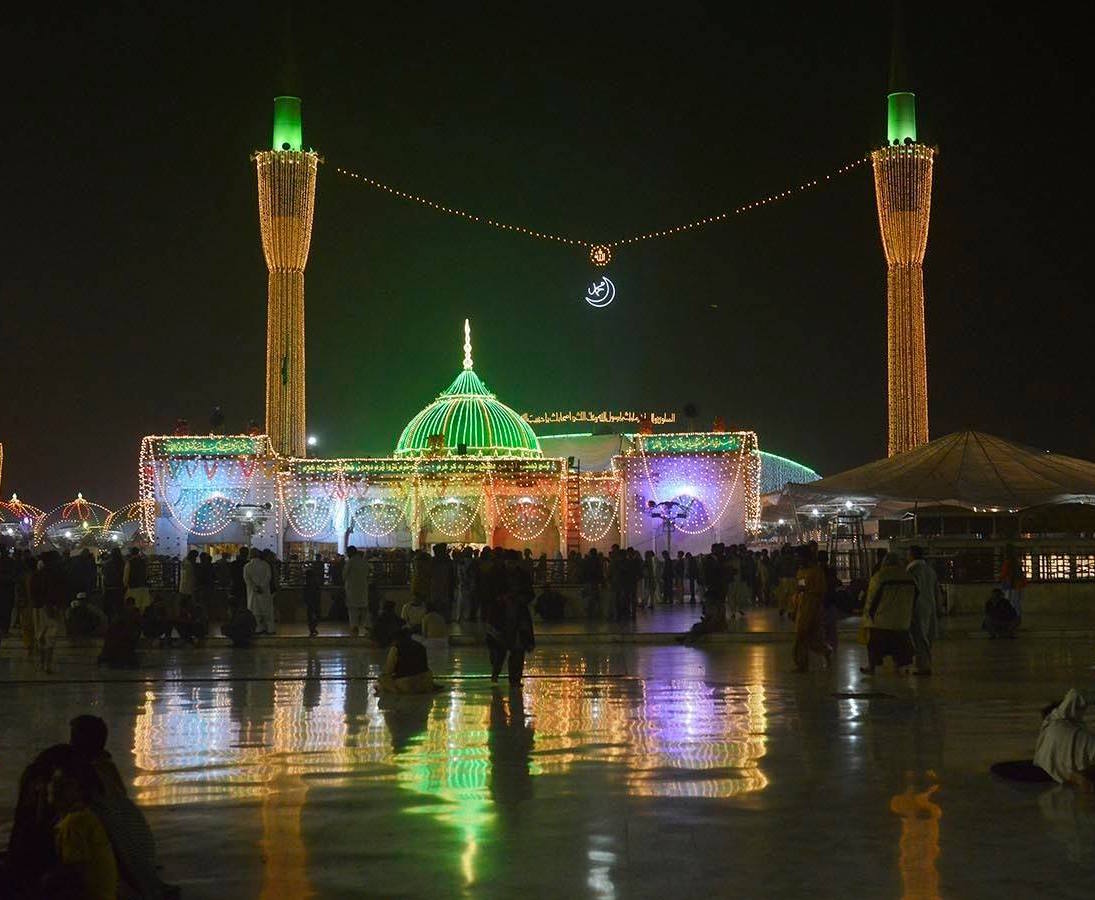
by Tim Blight | Nov 23, 2016 | Pakistan, Pakistan Traveller, Traveller
Junoon in Lahore; Data Ganj Bakhsh and Chehlum
Abul Hassan Ali Ibn Usman al-Jullabi al-Hajveri al-Ghaznawi, better known as Data Ganj Bakhsh, or simply Data Sahib, was a Sufi saint from Afghanistan whose teachings greatly influenced Muslims in South Asia. He was born in 990 AD near Ghazni, Afghanistan, a city that features prominently in the medieval history of the subcontinent. His teachings about Islam, particularly his perceived balance between Sufi mysticism (an personal, interpretive understanding of Allah) and the Sharia (the broad legal strictures of the Qur’an) won him many devotees across the region. When he died in Lahore in 1072 he was buried in what was to become Data Darbar, a major pilgrimage site for Muslims from Pakistan and beyond.
Sunday 20th November 2016, the 19th day of the Islamic month of Safar, was the anniversary of his passing (known as urs), and his shrine became even more a hub of devotion, mourning and celebration. I visited on one night, and entered the shrine amid tight security.

The shrine was alive with heaving crowds, some paying their respects silently, some spending time with their friends and families in the presence of the saint, and many prostrated in prayer. Outside, more than a few were in a state of “dhamaal” – dancing and spinning around to the beat of the dhol (drums) in joyful spiritual bliss. Those who could get close to the actual tomb were lucky to touch it amid the jostling throngs; an even luckier few got close enough to kiss it.
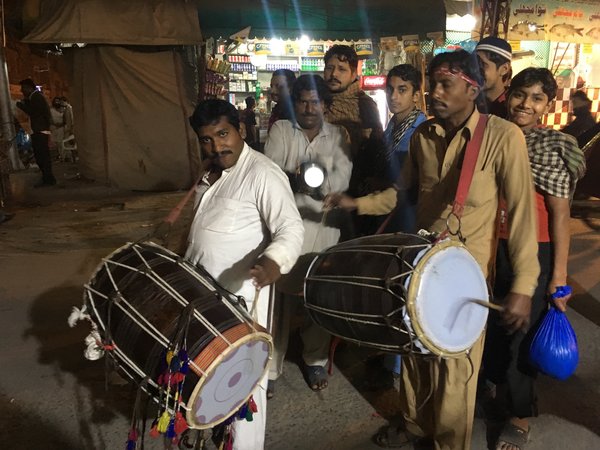
Dhol players for Data Ganj Bakhsh in the streets of Lahore
Around the shrine small groups were set up to serve sabeel, the free milk ritually served to those who come to pay their respects. Such is the importance of sabeel that Lahore and its surrounding districts are known to face a dairy shortage in the days around Data Sahib’s urs. The streets leading towards the shrine were filled with not only drummers and devotees dancing dhamaal, but horse carts filled with farmers, their families and drums of milk, all ready to be donated to the public in return for the saint’s blessings.
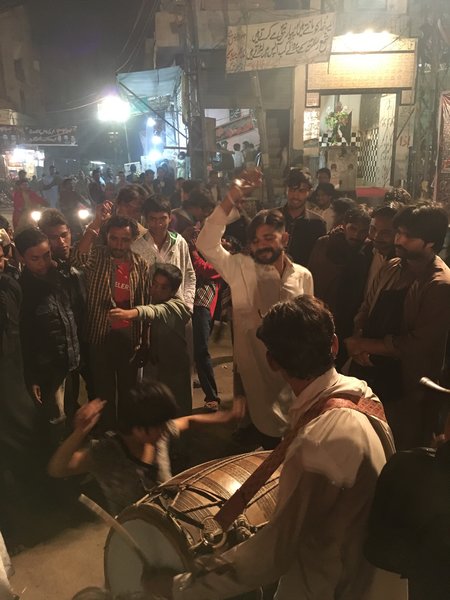
Dhamaal for Data Ganj Bakhsh’s urs in Lahore
Meanwhile, in the streets surrounding Data Darbar, another remembrance was taking place; this one for the martyred grandson of the prophet Muhammad ﷺ. Hazrat Hussain, or Imam Hussain as he is known to the Shia, was brutally murdered in the Iraqi city of Karbala along with at least 72 of his followers in the year 680 AD. (For more on this tragedy, click here). 20th Safar in the Islamic calendar (21st November 2016) marks Chehlum, fortieth day after his martyrdom, a key date in the Shia tradition; the day when a mourning period officially ends.
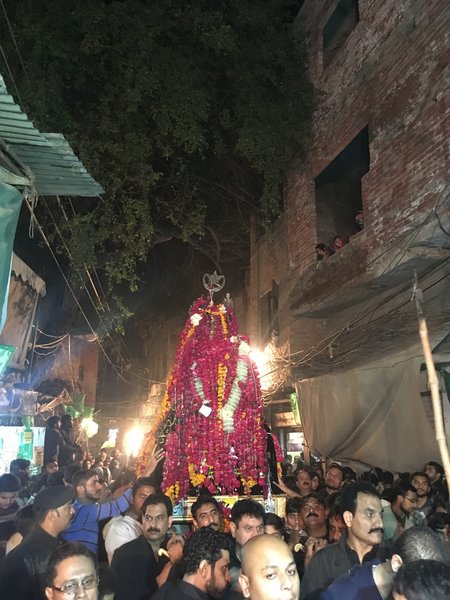
Chehlum procession in Lahore
Through the (other) streets of Lahore, the night before and the day and evening of Chehlum, mourners packed the streets to chant “noha” (mourning songs), cry and beat their chests in grief. Occasionally one of the happy roaming dhamaal groups would happen upon one of the mourning processions, and would stay clear so as not to upset sensitivities. The few people who were completely high with joy (and unaware of what they were walking past) were steered clear by a few guards at each corner.

Chehlum procession in Lahore
The dichotomy between the two processions could not have been greater. The extreme joy of the dhamaal, dancing wildly, completely in love with God, faith and the world, juxtaposed with the extreme grief of the Chehlum mourners, driven to tears and beyond by their love for their Imam. And despite the dichotomy, they are two sides of the one coin that is Lahore. Because while some may identify, and others may reject what they see in these pictures, they both exist because of junoon (passion).
Lahore is dancing, Lahore is love,
Lahore is tears, Lahore is blood…
Lahore is junoon
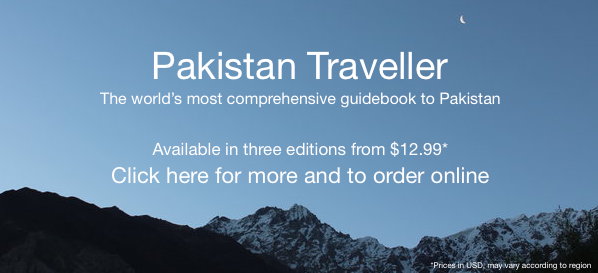
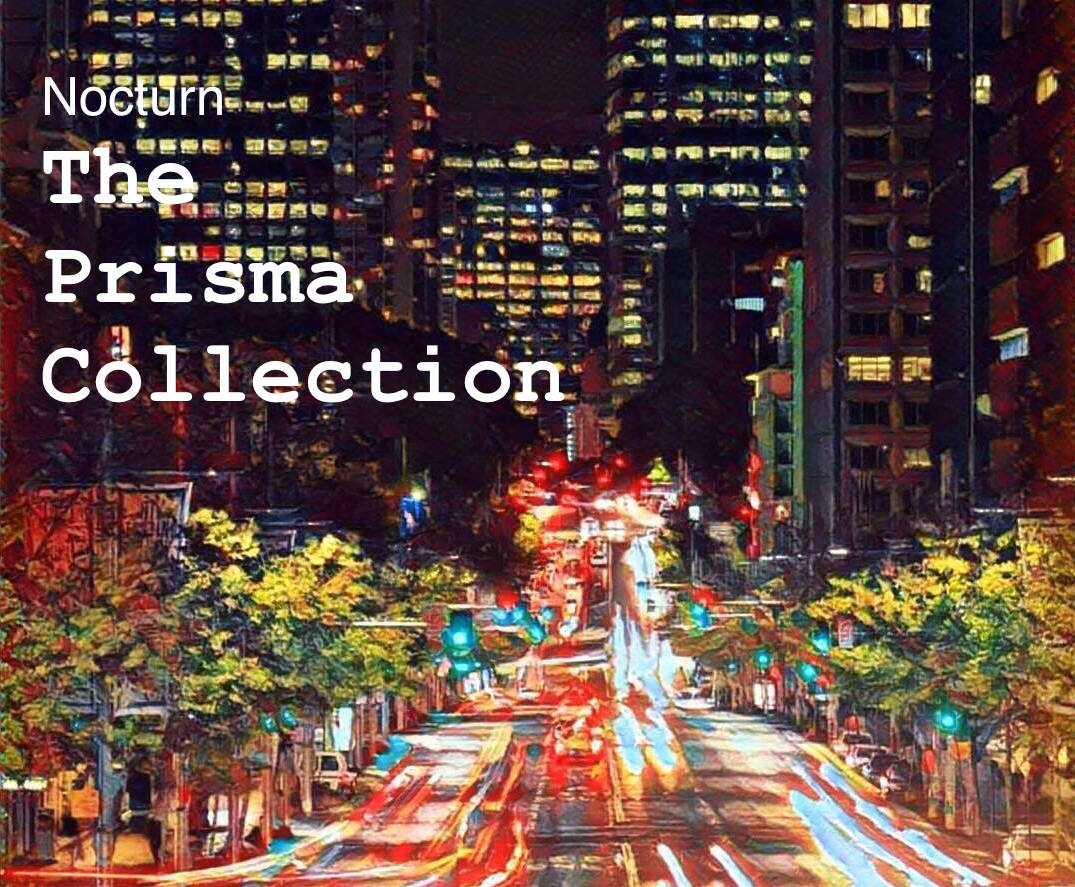
by Tim Blight | Oct 29, 2016 | Gallery, Pakistan
Nocturn: The Prisma Collection
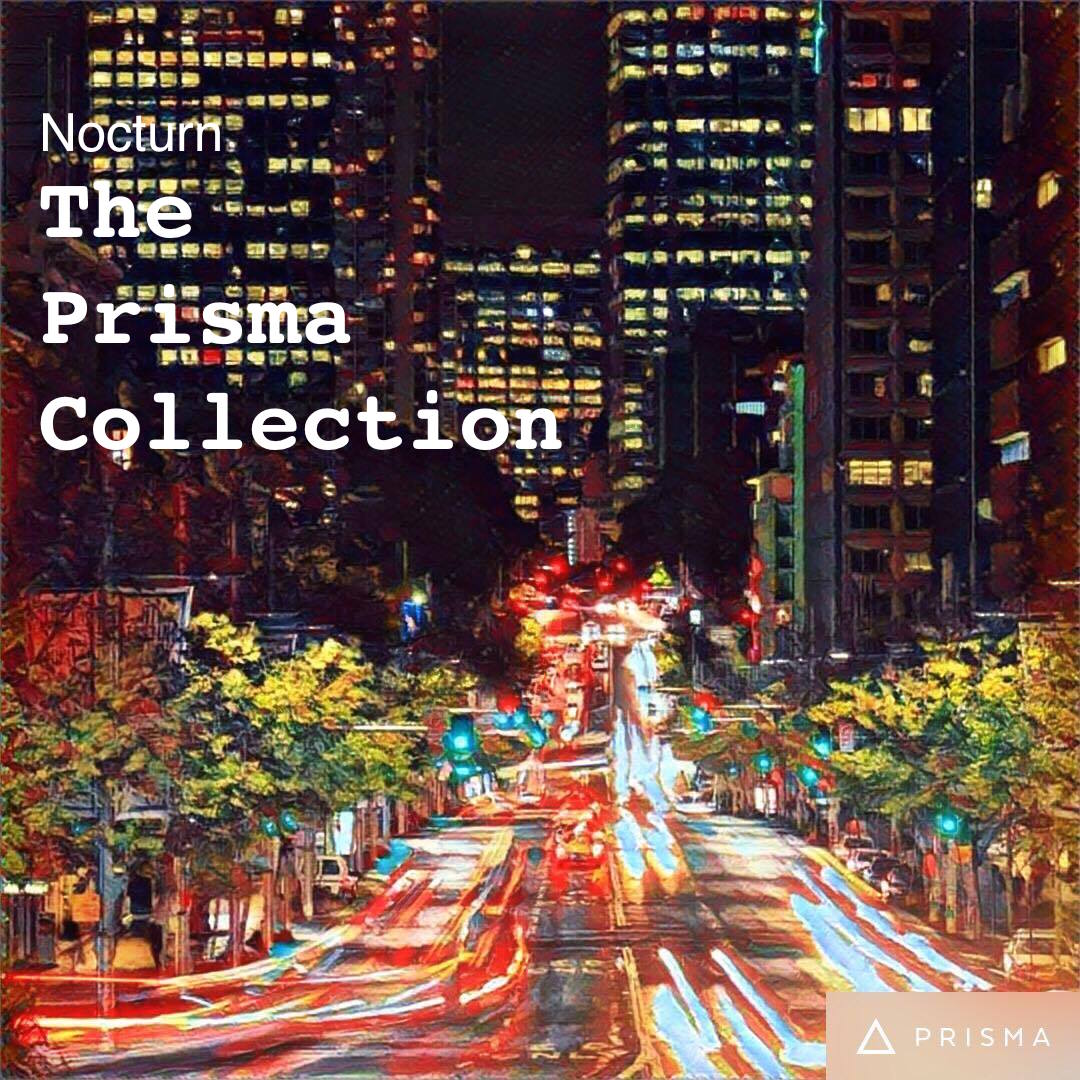
Over the past year I have been posting my favourite shots of my cities at night; Chennai, Melbourne, Sydney and finally Lahore. I’m quite proud of how the pictures turned out – I captured light trails, curious customs and spectacular scenes after sunset to show a side of these places that people often miss.
But what’s better than these photographs is turning them into works of art by running them through the Prisma app. Prisma is a phone application that allows you to turn regular photographs into artworks in the style of Van Gogh, Picasso and many more.
See the best of Chennai, Melbourne, Sydney and Lahore after dark, and as works of art, with the Nocturn: The Prisma Collection.

Have you used the Prisma app before? What do you think of it? Comment below!
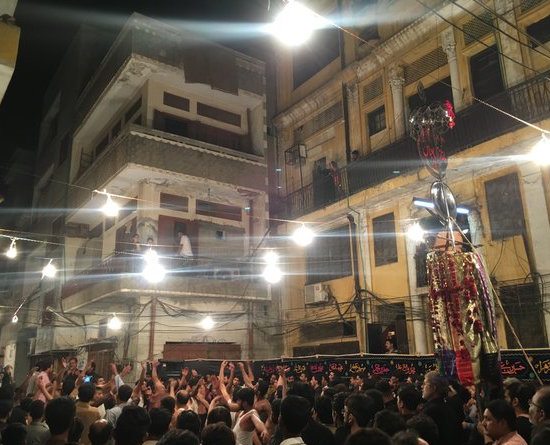
by Tim Blight | Oct 11, 2016 | News and Opinion
In what is becoming an annual tradition, this is my latest attempt at poetry/prose/vignette inspired by the events of Karbala. For last year’s poem, click here. For an explanation of the events of Karbala, click here.
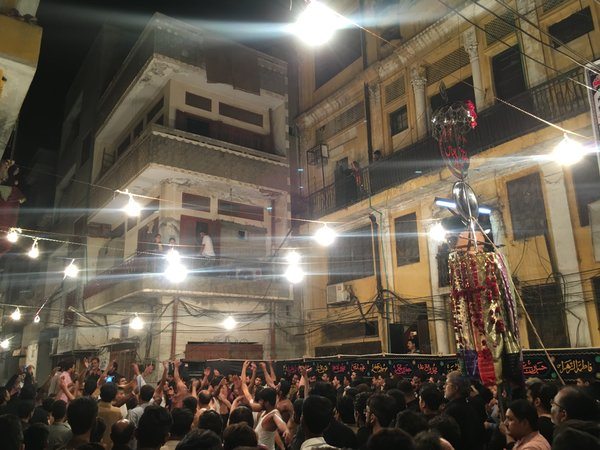
We Don’t Sleep…
The wind that blows through the Walled City’s dusty ramshackle lanes
The tears that wash the pavement of the dust
The fallen petals whose beauty belies the heartbreak
The passion that flows in the veins of faithful
And pulsates with each heartfelt beat
Will the earth accept our humanity, the viscous drops in the sand
The rejection of finality – that which cannot be the end
But we carry on, we maintain, we remember
Nothing is forever, so we stay alive, either in being or in memory
We don’t sleep…
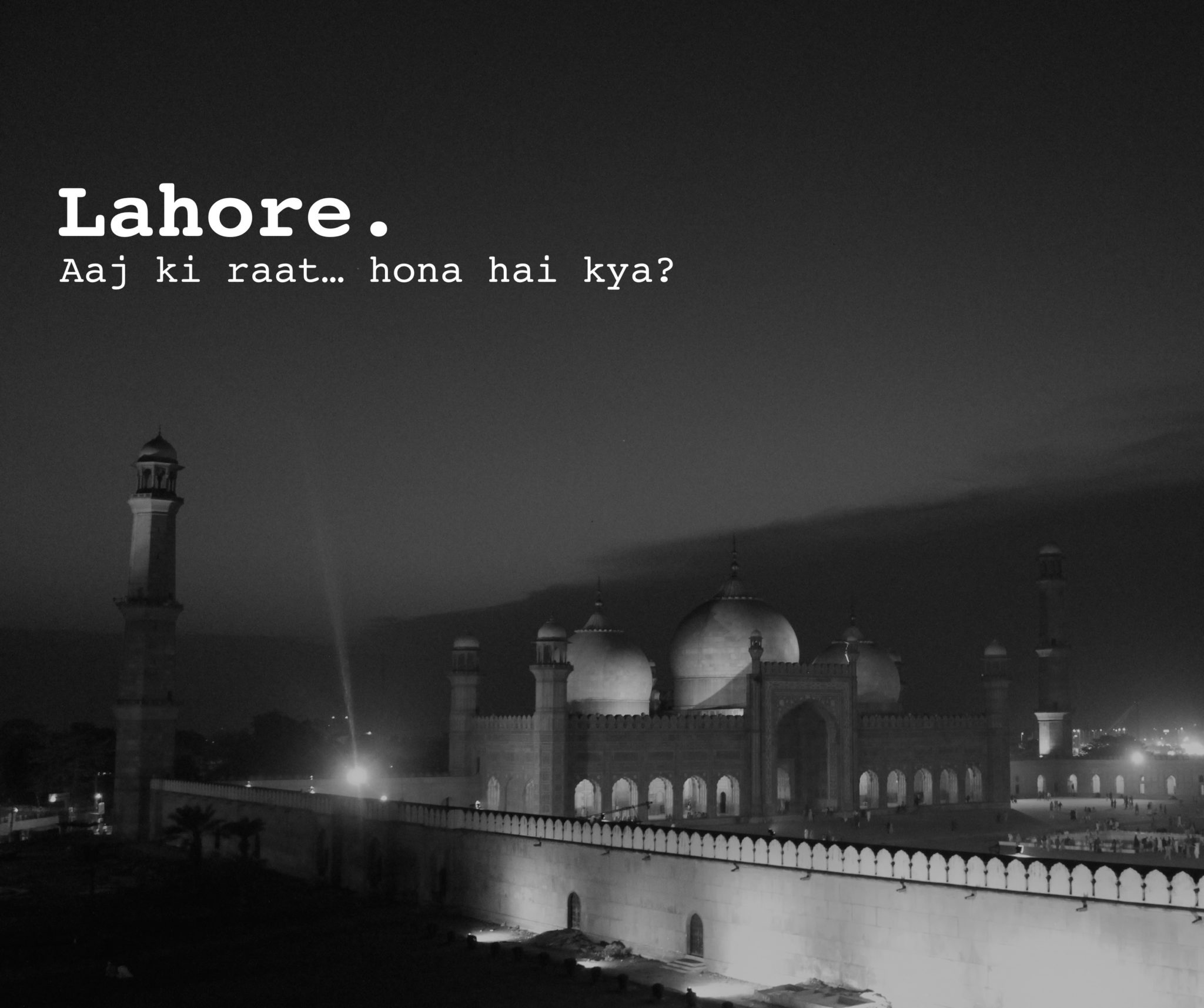
by Tim Blight | Aug 13, 2016 | Gallery, Pakistan
Nocturn: Lahore
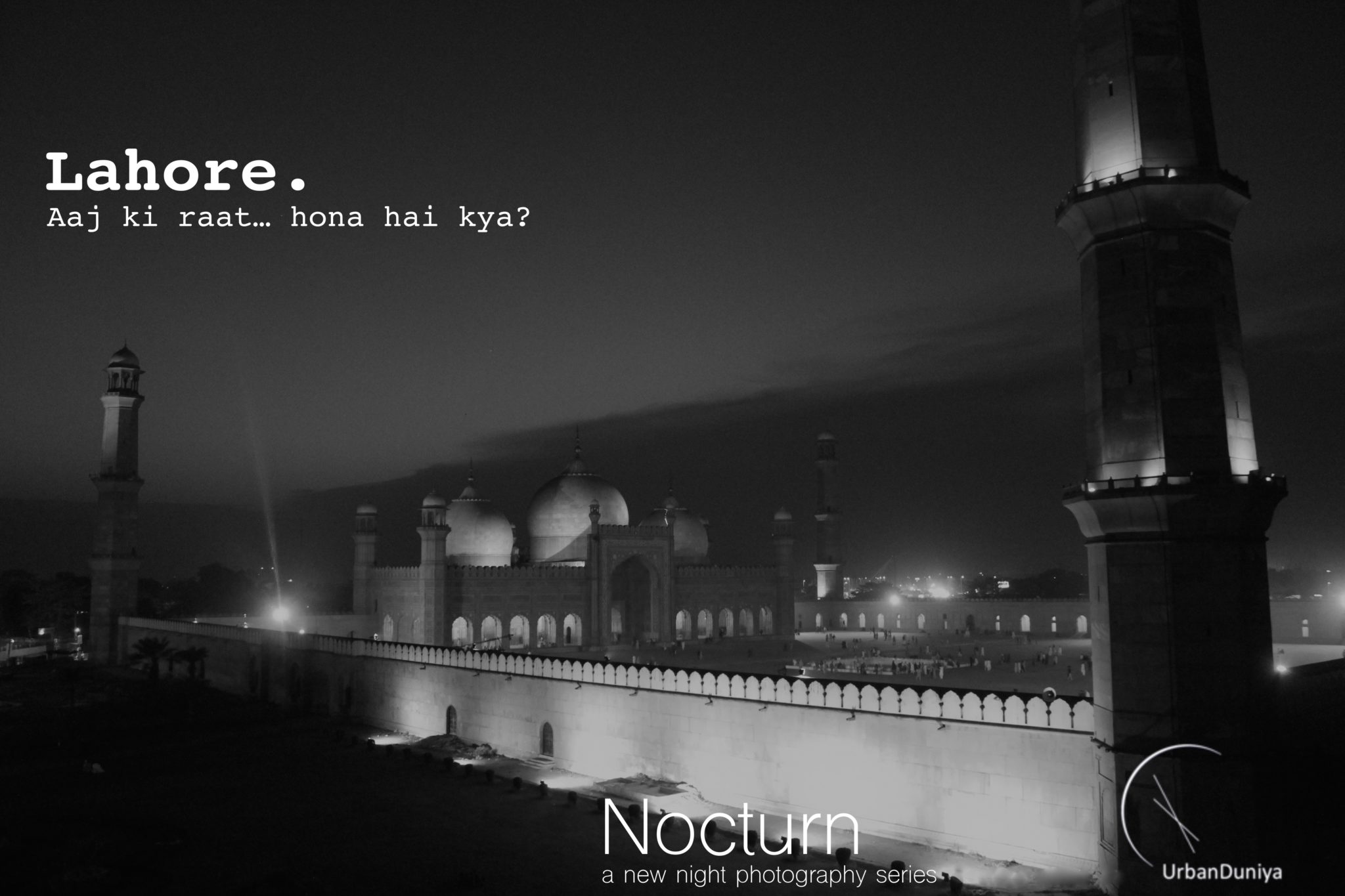
Some of the most amazing and intriguing sights in our cities are only seen at night, when a lot of us are tucked away in bed, fast asleep. Nocturn is a night photography series on UrbanDuniya, shining the light on the cities we call home, long after most people have fallen asleep.
Last year we started with Chennai, and in January we featured Melbourne, and in March we visited Sydney. Now it’s time to explore Lahore, Pakistan’s cultural capital.
See Lahore: aaj ki raat… hona hai kya? (“Tonight… what will happen?”)
Did you love this gallery? See the wonders of Lahore for yourself, with Pakistan Traveller by UrbanDuniya!

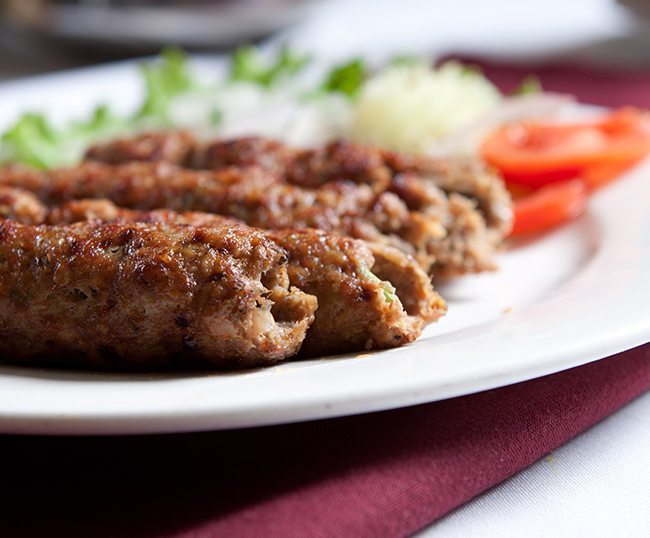
by Tim Blight | Jun 7, 2016 | Lounge (The City Life)
Lahore’s best iftars this Ramadan!
We all know that this is at home, lovingly prepared by ammi, and served complete with pakoras, fruit chaat, dahi bhalley and rooh afza! But if you find yourself outside at iftar time, if you’re ready for a change, or if you are hosting a whole bunch of people out of your home, here are the best places to break your fast this Ramadan!
All prices below are for iftar plus buffet dinner, unless otherwise stated.
1. BarBQ Tonight
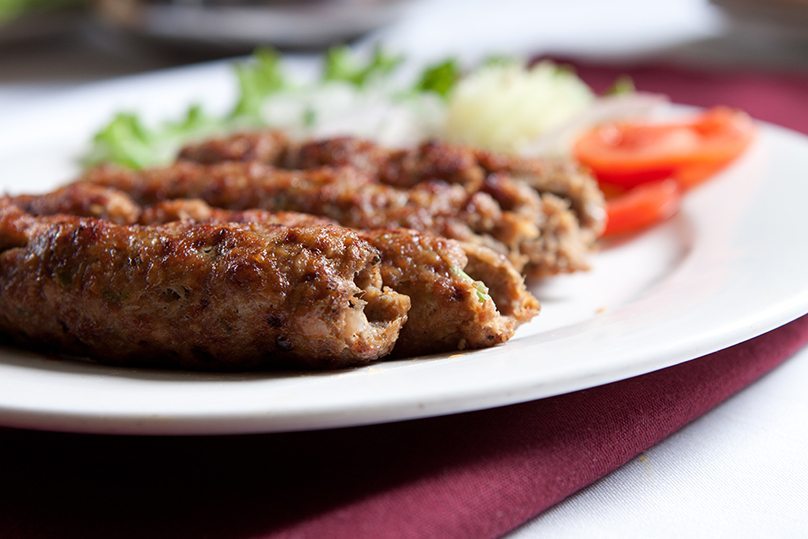
(Image: BarBQ Tonight)
Falsa juice – after rooh afza, could there be any more refreshing juice with which to break your fast? A variety of salads, barbecued meats, sandwiches and desserts in pleasantly appointed surroundings.
Cuisine: Pakistani barbecue
Cost: Rs. 1500 plus tax
Website: www.bbqtonight.com/lahore
2. Al-Nakhal
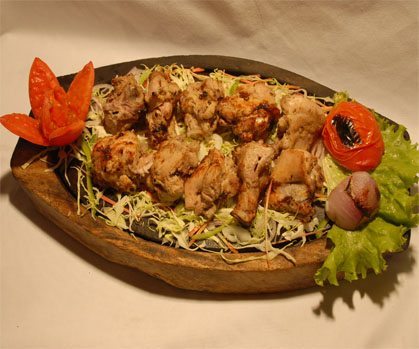
(Image: Al-Nakhal)
Such flavour, so much food, and so little money! While the prices aren’t bargain basement, Al-Nakhal is the place to feed lots of mouths without emptying your pockets – and without compromising on quality or spectacle.
Cuisine: Arabic, Pakistani
Cost: Rs. 849 inclusive of tax
Website: www.alnakhal.com.pk
3. Smoothie Factory
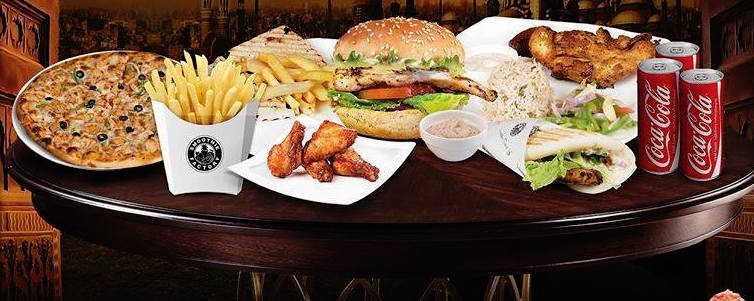
(Image: Smoothie Factory, Facebook)
Smoothie Factory offers a great compromise between western fast-food and traditional iftar. Lots of pizza, fries, and of course quality fruit-smoothies and frozen yogurt, but also lots of rooh afza and dates to start off with.
Cuisine: Pizza, burgers, smoothies and desserts
Cost: Rs. 350 per head – choose from two set menus.
Website: smoothiefactory.com.pk
4. Yum
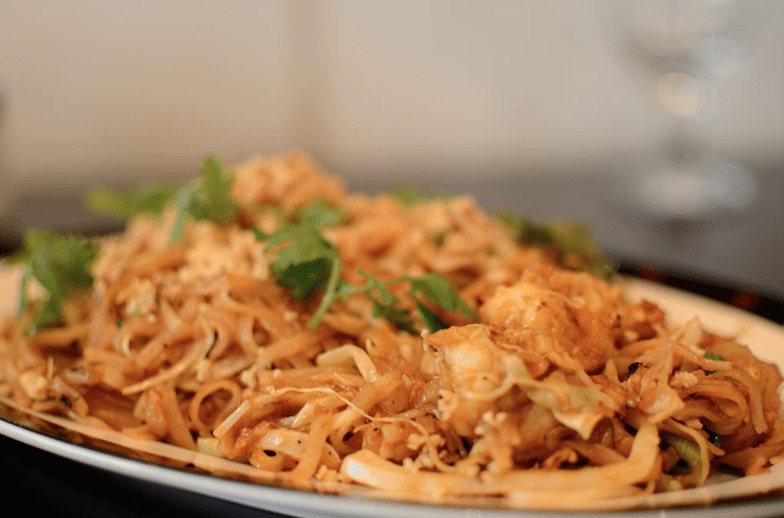
(Image: Yum)
Chinese and Thai for iftar? Why not? Yum offers the regular pakora-style snacks and cold drinks to break your fast, but then follows it up with a full-scale buffet dinner with a limitless supply of all your favourite Pakistani Chinese and Thai dishes.
Cuisine: Chinese, Thai
Cost: Rs. 2150 inclusive of tax
Website: yumpakistan.pk
5. Salt n’ Pepper Village

(Image: Salt n’ Pepper Village)
For the uninitiated, Salt n’ Pepper village is actually a warehouse-style eatery where each dish is prepared by individual stall-holders in a ‘village’-style set-up. It’s not cheap, but imagine all your favourite home-cooked dishes being served at once. It’s worth it!
Cuisine: Traditional Pakistani
Cost: Rs. 1680 inclusive of tax
Website: www.saltnpepper.com.pk/lahore
6. Bombay Chowpatty
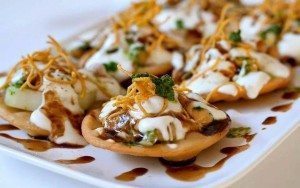
(Image: Bombay Chowpatty, Facebook)
Cutlets, biryani, dosa and gulab jamun – all the favourite street foods from Delhi, Mumbai and beyond come together at this Indian-style street food restaurant! The sehri is pretty good here too!
Cuisine: Indian street food, south Indian
Cost: Rs. 1099 plus tax
Website: www.facebook.com/Bombay-Chowpatty-Pakistan
7. Namak
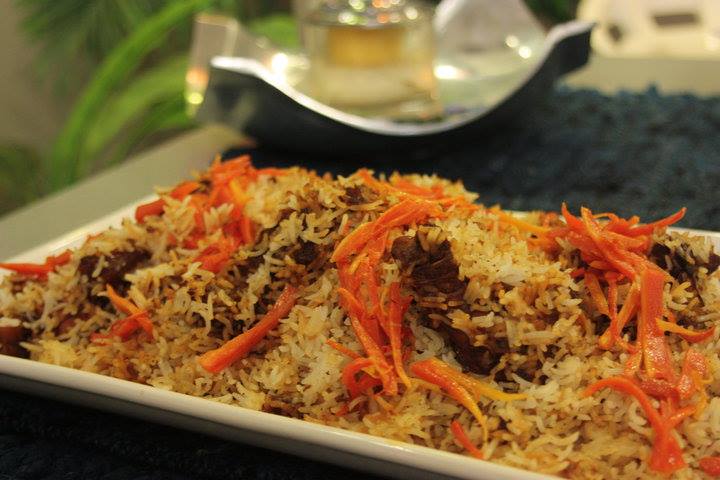
(Image: Namak, Facebook)
Namak specialises in Afghani and Baluchi cuisine; you can even sit in a Baluchi-style nomadic tent setting! The Kabuli pulao is really special, and make sure you wash it down with kahwah and gulab jamun.
Cuisine: Afghani, Pathan, Baluchi
Cost: Regular menu prices: expect Rs. 500 – 1000 per head, depending on order.
Website: www.facebook.com/namakrestaurant
Honourable mention: Dera; bring a big appetite – if you order ahead, they will prepare a whole Baluchi sajji for you (entire sheep or goat stuffed with rice and spices then spit-roasted).If you’re dining with less people, you of course can sample any of these delights from the buffet – put on your eating shirt!
For Ramadan recipes, click the image below to find out about my latest book ‘Recipes for Ramadan’; a month of feasting, a life of journeys and a world of flavours!
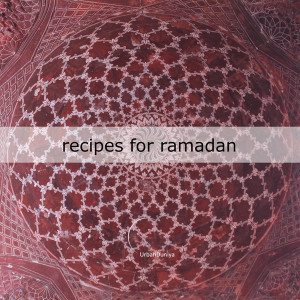
Do you have any Ramadan restaurant recommendations? Comment below!






